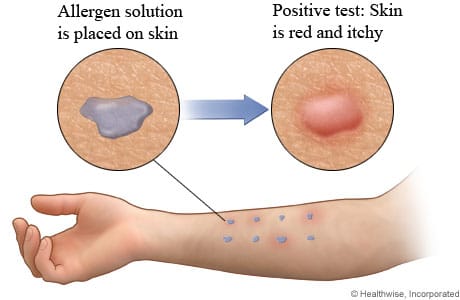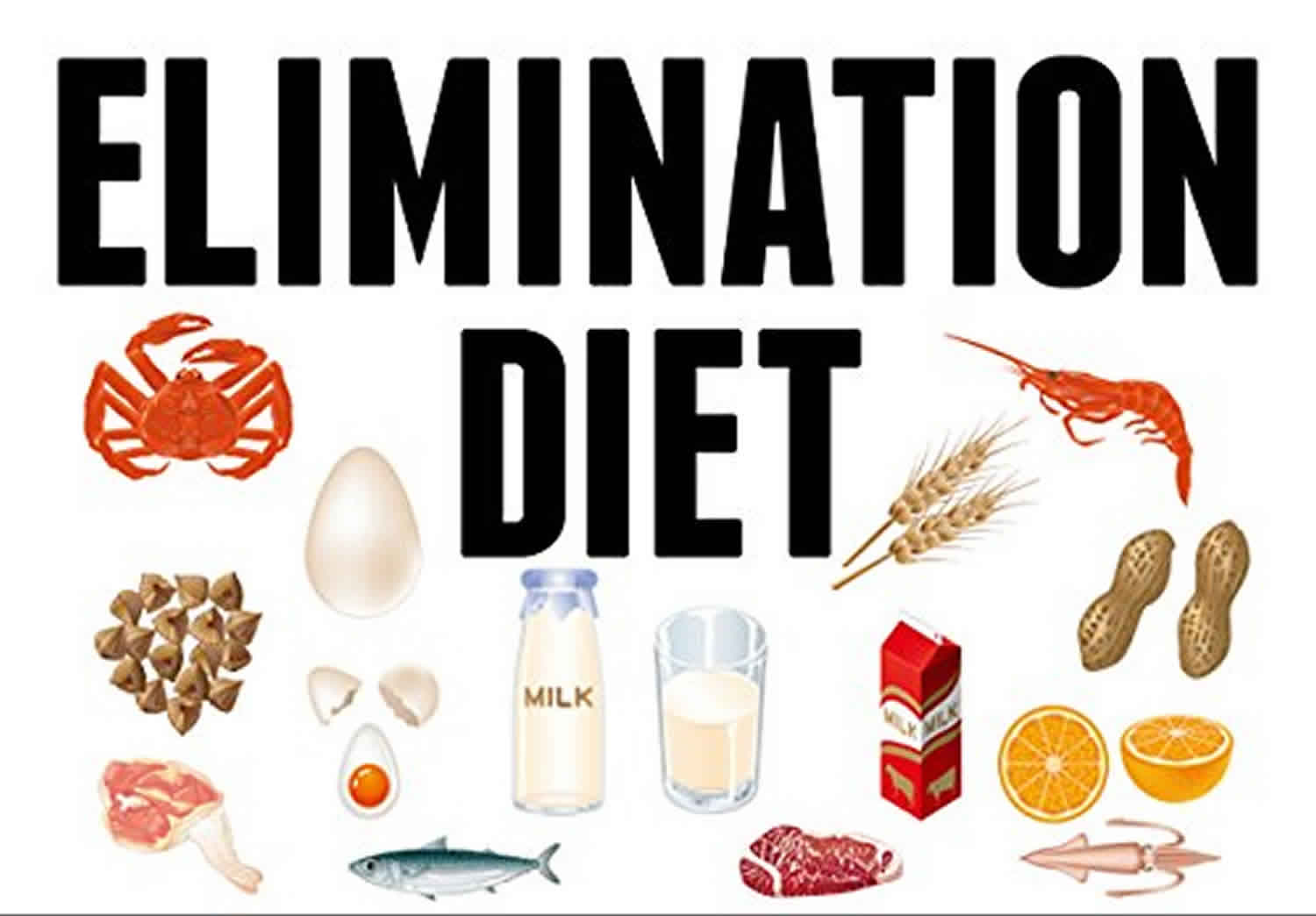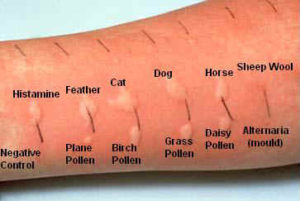Understanding Allergies: Symptoms, Triggers, and Treatment Options
They occur when the immune system reacts excessively to substances that are usually harmless. In this blog, we will delve into the world of allergies, exploring their symptoms, triggers, and various treatment options available.
Table of Contents
Introduction to Allergies
Common Allergy Symptoms
Types of Allergies
3.1. Seasonal Allergies
3.2. Food Allergies
3.3. Skin Allergies
3.4. Drug Allergies
Identifying Allergy Triggers
4.1. Pollen and Outdoor Allergens
4.2. Dust Mites and Indoor Allergens
4.3. Common Food Allergens
4.4. Allergy to Medications
Diagnosing Allergies
5.1. Medical History and Physical Examination
5.2. Allergy Testing
5.3. Elimination Diet
5.4. Skin Prick Test
Managing Allergy Symptoms
6.1. Medications for Allergy Relief
6.2. Allergen Avoidance
6.3. Immunotherapy
6.4. Lifestyle Changes
Natural Remedies for Allergies
Conclusion
Frequently Asked Questions
1. Introduction to Allergies
Allergies are the result of an overactive immune response to substances called allergens. When a person with allergies comes into contact with an allergen, their immune system perceives it as a threat and releases chemicals, such as histamine, to fight against it. This immune response leads to various allergy symptoms.
read more about Boost Your Immune System: Tips for a Healthy Lifestyle
2. Common Allergy Symptoms
The symptoms of allergies can differ based on the specific type of allergy and the intensity of the body’s reaction. Some common allergy symptoms include:
Sneezing
Runny or stuffy nose
Itchy or watery eyes
Coughing
Wheezing or shortness of breath
Skin rash or hives
Swelling of the lips, tongue, or throat
Digestive issues like nausea, vomiting, or diarrhea
3. Types of Allergies
3.1. Seasonal Allergies
Seasonal allergies, also known as hay fever or allergic rhinitis, occur when a person is exposed to outdoor allergens such as pollen, grass, or mold spores. These allergies tend to flare up during specific seasons, like spring or fall.
3.2. Food Allergies
Food allergies occur when the immune system mistakenly identifies certain foods as harmful. Common food allergens include peanuts, tree nuts, shellfish, eggs, milk, and wheat. Food allergies encompass a spectrum of severity, ranging from mild symptoms to severe reactions that can pose a life-threatening risk.
3.3. Skin Allergies
Skin allergies, such as contact dermatitis or eczema, develop when the skin comes into direct contact with an allergen. Symptoms may include redness, itching, swelling, and the formation of a rash.
3.4. Drug Allergies
Some individuals may experience allergic reactions to certain medications, such as antibiotics, pain relievers, or anesthesia. The range of reactions to allergens can span from minor skin rashes to the critical and potentially life-threatening condition known as anaphylaxis.
4. Identifying Allergy Triggers
4.1. Pollen and Outdoor Allergens
4.2. Dust Mites and Indoor Allergens
Dust mites, pet dander, mold, and other indoor allergens can cause year-round allergies. Regular cleaning, maintaining low humidity levels, and using allergen-proof bedding can help reduce exposure to these allergens.
4.3. Common Food Allergens
Food allergies can be triggered by various foods, including peanuts, tree nuts, shellfish, eggs, milk, soy, and wheat. Keeping a food diary and undergoing allergy testing can help identify specific food triggers.
4.4. Allergy to Medications
Certain medications, such as antibiotics, nonsteroidal anti-inflammatory drugs (NSAIDs), and anticonvulsants, can cause allergic reactions in some individuals. It is essential to inform healthcare providers about any known drug allergies to prevent adverse reactions.
5. Diagnosing Allergies
5.1. Medical History and Physical Examination
A detailed medical history, including family history of allergies, along with a physical examination, can provide valuable insights into the allergic condition.
5.2. Allergy Testing

Allergy testing can help identify specific allergens responsible for allergic reactions. Skin prick tests, blood tests, and patch tests are commonly used to diagnose allergies.
5.3. Elimination Diet

5.4. Skin Prick Test

A skin prick test involves applying small amounts of allergens to the skin and observing for any allergic reactions. It is a common method for diagnosing environmental and food allergies.
6. Managing Allergy Symptoms
Once allergies are diagnosed, various treatment options are available to manage symptoms effectively. Here are some common approaches:
6.1. Medications for Allergy Relief
Antihistamines, nasal sprays, decongestants, and corticosteroids are commonly prescribed to relieve allergy symptoms. These medications can help alleviate sneezing, itching, congestion, and other allergy-related issues.
6.2. Allergen Avoidance
Avoiding allergens is an essential strategy for managing allergies. This may involve keeping windows closed, using air purifiers, regularly cleaning the home, and avoiding specific foods or medications that trigger allergies.
6.3. Immunotherapy

Immunotherapy, also known as allergy shots, can be beneficial for individuals with severe allergies. It involves administering gradually increasing doses of allergens to desensitize the immune system and reduce allergic reactions over time.
6.4. Lifestyle Changes
Making certain lifestyle changes can help reduce allergy symptoms. These may include wearing protective clothing, practicing good hygiene, managing stress, and adopting a healthy diet rich in immune-boosting nutrients.
7. Natural Remedies for Allergies
:max_bytes(150000):strip_icc()/natural-allergy-remedies-89245_final-afc2c7d8000b4df183653b6b2af84f41.jpg)
In addition to medical treatments, some natural remedies may provide relief for allergy sufferers. These include saline nasal rinses, steam inhalation, herbal supplements, and acupuncture. Nevertheless, it is crucial to seek guidance from a healthcare professional before attempting any natural remedies.
















 Viesearch - The Human-curated Search Engine
Viesearch - The Human-curated Search Engine

1 Comment